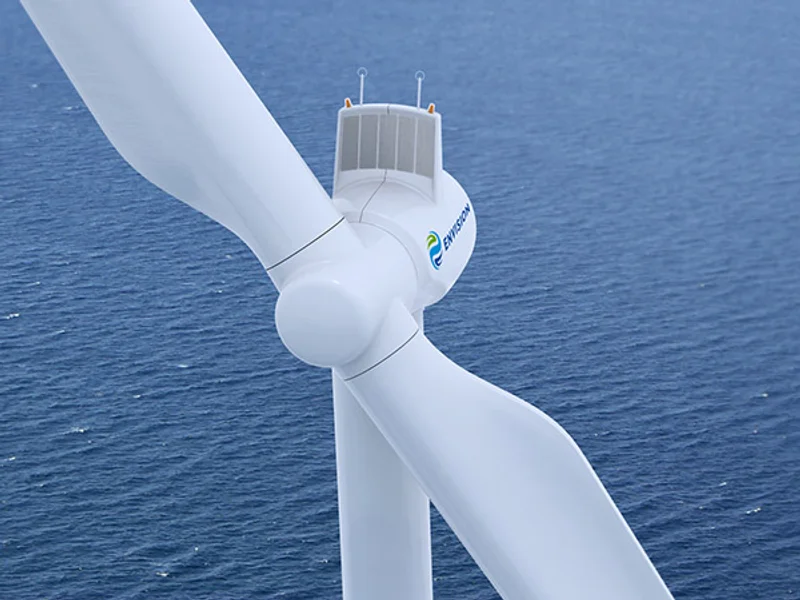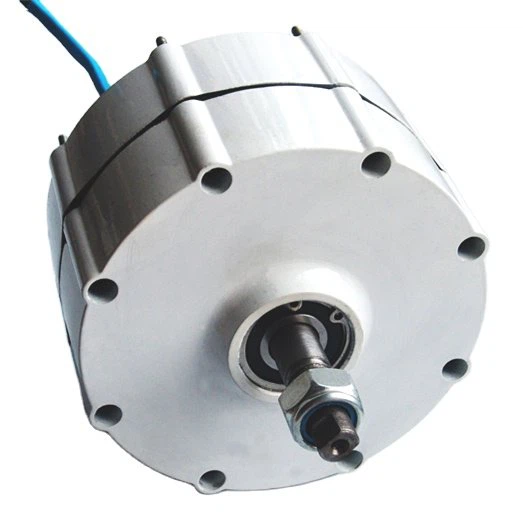Applications of Magnetic Materials in the Wind Energy Industry
As the global demand for renewable energy accelerates, wind power has emerged as one of the most sustainable and scalable solutions. Magnetic materials are at the heart of wind turbine technology, enabling efficient energy conversion, higher reliability, and reduced maintenance costs. At HS Magnet, we provide high-performance magnetic solutions designed to meet the rigorous requirements of the wind energy sector.

Wind Turbine Generators
The main purpose of a wind turbine is to generate electricity, and this is done through a generator housed in the nacelle (the boxy structure behind the blades). This process is based on electromagnetic induction, a principle discovered by Michael Faraday, which states that a changing magnetic field near a coil of wire will induce an electric current in that wire.
In a wind turbine generator, the blades spin a central shaft. This shaft is connected to a rotor that is lined with powerful permanent magnets. Surrounding this rotor is a stationary component called the stator, which contains coils of copper wire. As the wind-driven rotor spins, the powerful magnetic fields of the permanent magnets move past the stator’s coils, inducing an electric current. This electricity is then sent down the tower to the power grid.
The Importance of Permanent Magnets
Modern wind turbines, particularly the large offshore models, overwhelmingly use Permanent Magnet Synchronous Generators (PMSGs). These generators use incredibly strong magnets, typically made from rare-earth elements like neodymium (Neodymium-Iron-Boron or NdFeB magnets). The use of these permanent magnets provides significant advantages over older generator designs that used electromagnets:
Compact Design: The high strength of neodymium magnets allows for a more compact and lightweight generator, which reduces the overall weight of the nacelle and lowers manufacturing and transportation costs.electromagnetic coil (a soft magnet application) to create a temporary magnetic field that moves a plunger or closes a switch.
Higher Efficiency: Permanent magnets don’t require an external power source to create a magnetic field. This eliminates the electrical energy needed to power electromagnets, reducing energy loss and significantly increasing the overall efficiency of the turbine.
No Gearbox: Older, less efficient generators needed a massive, heavy gearbox to increase the slow rotational speed of the turbine blades to the high speeds required for electricity generation. The powerful magnetic fields of permanent magnets allow generators to produce electricity at much lower speeds, making a gearbox unnecessary. This is known as a direct-drive system.
Reduced Maintenance: By eliminating the gearbox, direct-drive turbines have fewer moving parts. This drastically reduces the need for maintenance, which is especially important for offshore turbines that are difficult and expensive to service.

Other Applications
While the generator is the most critical application, magnetic materials also have other roles in the wind energy industry:
Magnetic Mounts: Magnetic mounting systems are sometimes used to attach ladders and other equipment to the inside of the steel turbine tower. This prevents the need for drilling holes, which can weaken the tower’s structure and lead to corrosion.
Sensors: Magnetic sensors, like Hall effect sensors, are used to measure the rotation speed and position of various components within the turbine, ensuring optimal performance and safety.
